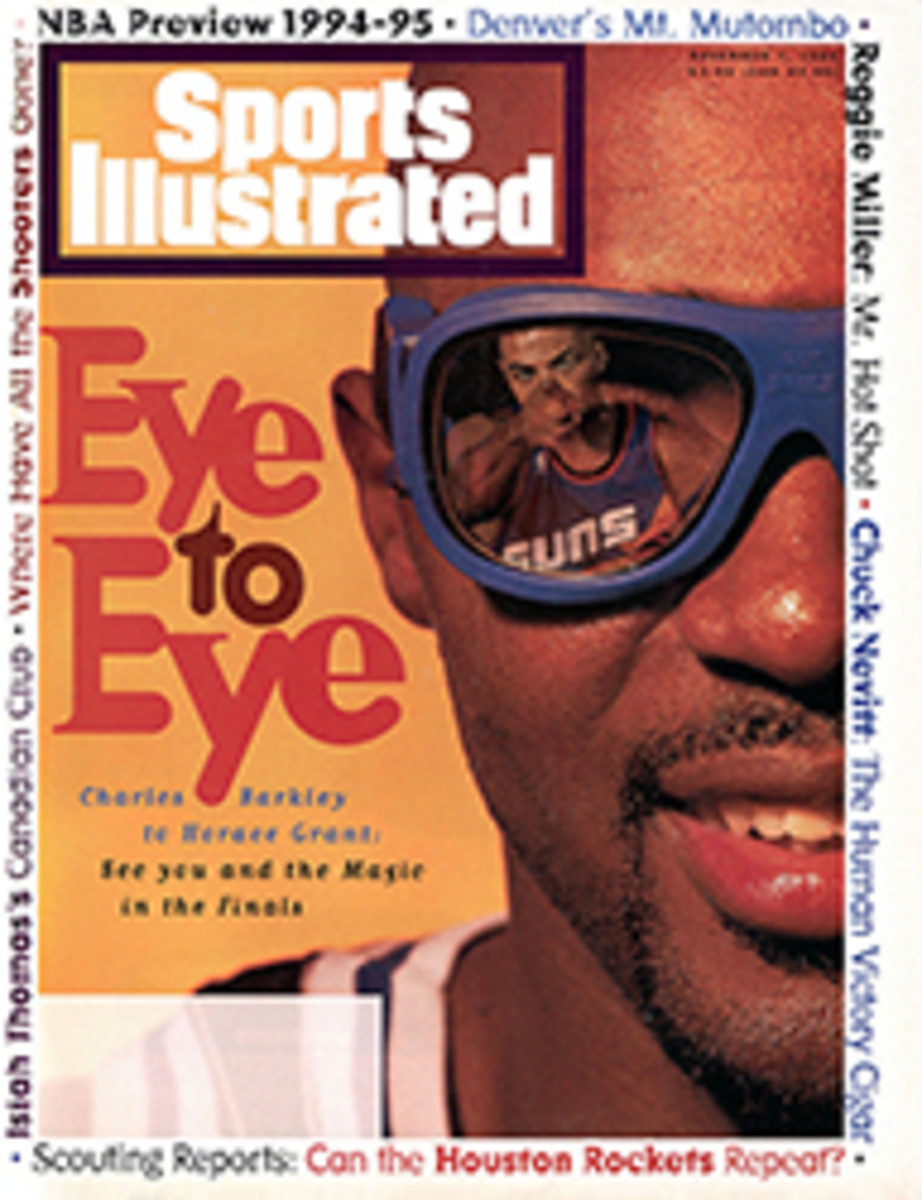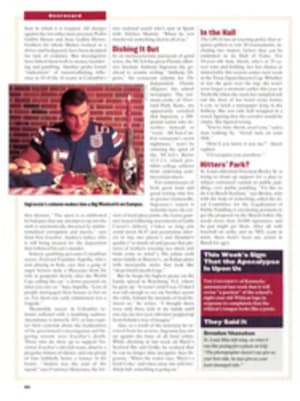
Flashback
When the Bears played the Packers on Monday night, it was unlikely that many people gave any thought to how night football got its start. But it was 65 years ago this week that another Windy City team, the Chicago Cardinals, played the first-ever NFL game under the lights.
The game took place in Rhode Island on Nov. 6, 1929, only eight days after the collapse of the stock market ushered in the Great Depression, and it featured the Cardinals against the Providence Steam Roller. "Nobody thought we could pull it off," says 96-year-old Pearce Johnson, who was then the assistant general manager of the Steam Roller. "There wasn't much hoopla before the game because, naturally, everyone was skeptical." Even professional baseball had not yet been played under artificial light.
The game had Chicago fullback Ernie Nevers as its main attraction, but to pay the electric bill and cut any possible losses, the owners cut their payroll. The players were paid only 60% of their usual $150-to-$500-a-game salaries.
As kickoff approached, fans streamed into Kinsley Park. Crews of electricians had worked through the day stringing lights up on 40-foot ladders that were placed on the 20- and 40-yard lines on both sides of the field. Still, the lighting was far from perfect. "The end zones were dark, and there was a long dark stripe down the middle of the field," says Johnson.
To compensate for the darkness, the football was painted white, which, according to one newspaper, gave it the appearance of a "huge egg." When it was thrown, it caused "a panicky feeling that the player who made the catch would be spattered with yellow yolk."
Approximately 6,000 fans attended, 1,500 more than the Steam Roller average, as Chicago shut out Providence 16-0. "It was a huge success," Johnson says. "We went ahead and had permanent lights installed." The Steam Roller played five more night games before dropping out of the league at the end of '31, and it wasn't until 1970, with the advent of ABC's Monday Night Football, that night games become a fixed feature of the NFL schedule.
PHOTO

